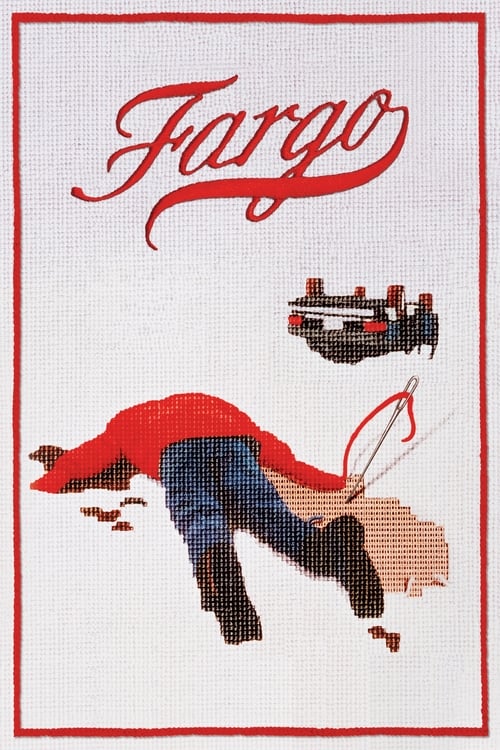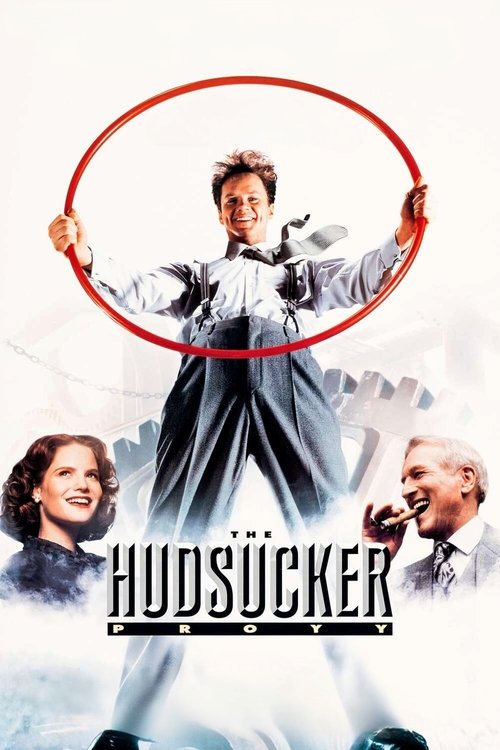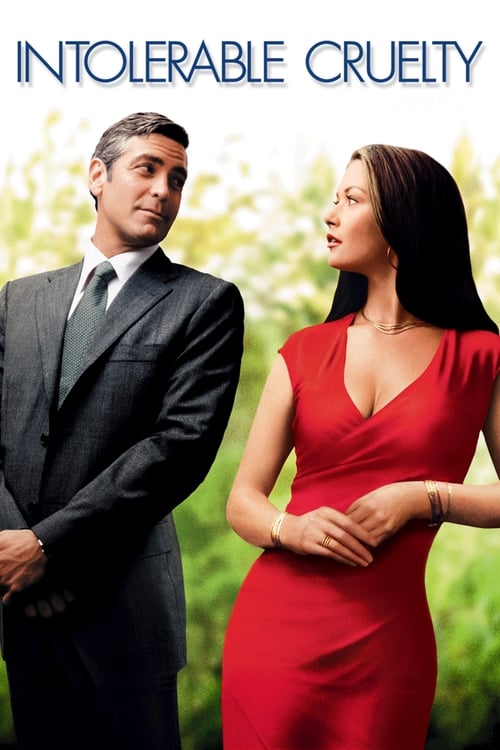The Coen Brothers: Genre Pastiche & Visual Wit
Postmodern storytellers
Joel and Ethan Coen emerged in the 1980s as master practitioners of genre pastiche, creating films that simultaneously honor and subvert cinematic traditions. Their work represents a postmodern approach to filmmaking, where deep knowledge of film history combines with dark humor and visual precision to create uniquely American stories that feel both familiar and completely original.
The Coen Brothers' breakthrough came with "Blood Simple" (1984), a neo-noir that established their signature approach to genre filmmaking. Rather than simply copying film noir conventions, they filtered them through a distinctly American sensibility, setting their story in rural Texas and populating it with characters whose stupidity drives the plot as much as their criminality. Cinematographer Barry Sonnenfeld's low-angle shots and Roger Deakins' later collaborations would create a visual language that made even the most familiar genre elements feel fresh. The film's success lay not in its originality but in its execution—every shot, edit, and performance choice demonstrated a deep understanding of how genre conventions could be both respected and revitalized.
The Coens' partnership with cinematographer Roger Deakins (beginning with "Barton Fink") elevated their visual storytelling to new heights. Deakins' work on "Fargo" (1996) demonstrated how cinematography could enhance the Coens' thematic concerns—the stark white landscape mirrors the moral void at the film's center, while the precise framing creates a sense of entrapment that echoes the characters' psychological states. Their use of wide shots to emphasize isolation and close-ups to reveal character details shows a deep understanding of how camera placement affects narrative meaning. The famous tracking shot following the bowling ball in "The Big Lebowski" exemplifies their ability to find cinematic beauty in the mundane while advancing plot and character development.
The Coens' characters exist in a morally ambiguous universe where incompetence often proves more dangerous than malice. Their dialogue, particularly in "No Country for Old Men" (2007), demonstrates how speech patterns can reveal character psychology and cultural identity. Anton Chigurh's coin-flip philosophy and Llewelyn Moss's stubborn pride drive the narrative while exploring larger themes about fate and free will. The brothers' background in philosophy (Ethan studied at Princeton) informs their character construction—each figure represents a different response to chaos and uncertainty. Their ability to balance existential dread with dark humor reaches its apex in "A Serious Man" (2009), where Larry Gopnik's search for meaning becomes both tragic and absurd.
Throughout their career, the Coens have proven that genre filmmaking can be both commercially successful and artistically ambitious. "True Grit" (2010) reimagines the Western through the perspective of teenage Mattie Ross, while "Inside Llewyn Davis" (2013) uses the folk music scene to explore artistic failure and persistence. Their latest works, including "The Ballad of Buster Scruggs" (2018), continue to demonstrate their ability to find fresh approaches to familiar material. The brothers' influence extends beyond their own films—directors like Denis Villeneuve, Rian Johnson, and Jordan Peele cite their work as inspiration for combining genre entertainment with deeper thematic content.
More Ideas
More from Acclaimed Directors
Christopher Nolan: Time, Memory & IMAX Spectacle
Puzzle box narratives
Denis Villeneuve: Sci-Fi Atmosphere & Scale
Thoughtful spectacle
Jordan Peele: Horror Through Social Commentary
Genre as activism
Frederick Wiseman: Institutional Observer
Fly-on-the-wall realism
Errol Morris: Truth Detective
Investigation through film
Michael Moore: Provocateur Documentarian
Political activism through cinema
Fritz Lang's Architectural Psychology
Space as character










